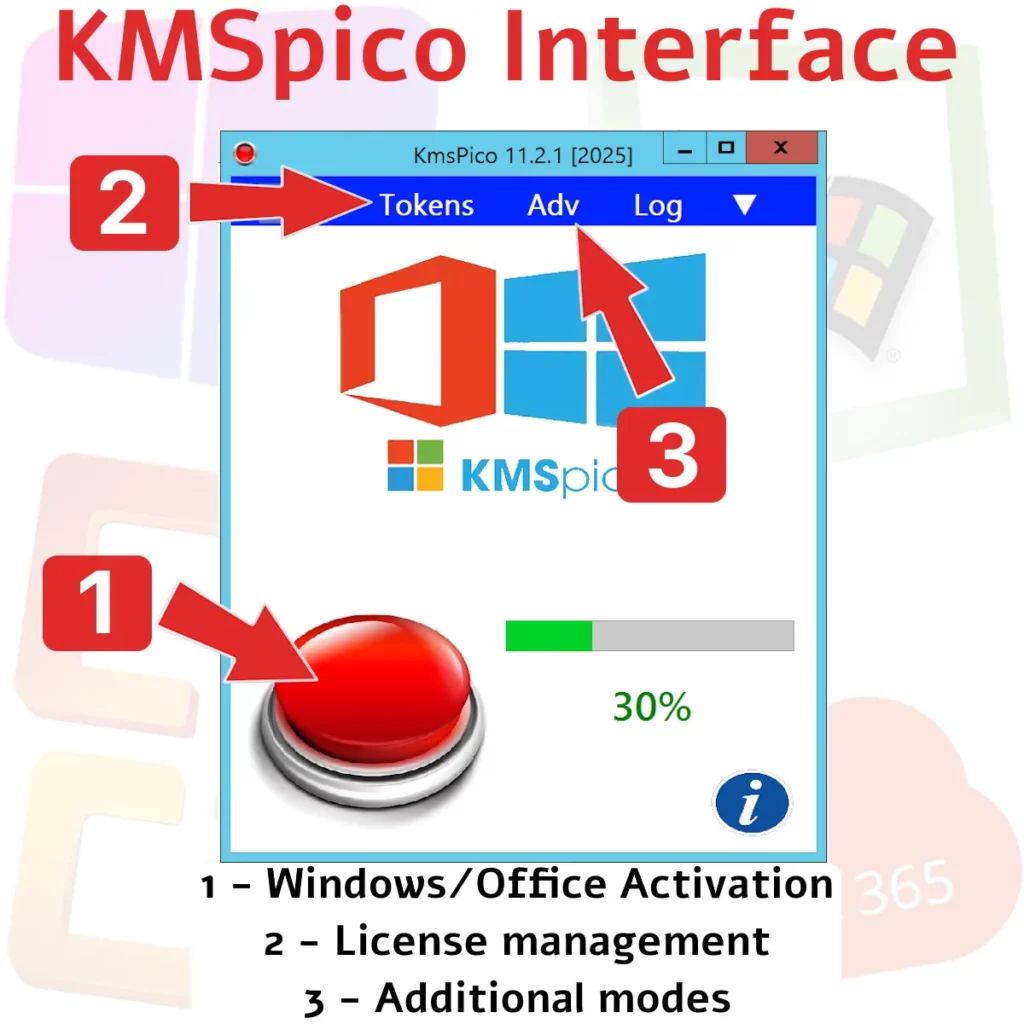In the world of software management, ensuring compliance and mitigating risks is a crucial aspect that every organization must address. The use of pirated or unauthorized software, such as km spico, not only poses significant legal risks but also threatens the security and efficiency of business operations. As a software licensing compliance expert, it is essential to break down the implications of using tools like km spico for organizations seeking to activate their operating systems or office software without proper authorization.
The Appeal and Risks of Using km spico
Km spico is often used as a windows activator or office activator by those looking to bypass official purchase channels. While it might seem like an easy solution for activating software, it carries a plethora of risks. The primary danger lies in its potential to introduce malware into systems, compromising sensitive data and overall network security. Organizations may inadvertently expose themselves to cyber threats that can lead to data breaches or loss of critical information.
Furthermore, km spico does not guarantee the stability of activated software. Users may encounter unexpected crashes or functionality issues due to the unverified nature of the activation process. This instability can disrupt business operations, leading to productivity losses that outweigh any perceived cost savings from avoiding legitimate purchases.
The Functionality Behind km spico
Km spico works by exploiting vulnerabilities in the software activation process. Its functionality as a kms activator office 2019 allows unauthorized access by mimicking legitimate activation services. But this approach can lead to severe consequences, impacting system integrity and violating licensing agreements. Users often remain unaware of how these tools alter system files, potentially leaving backdoors open for further exploitation by malicious entities.
Moreover, once km spico alters the system’s registry or core files, restoring original settings becomes challenging without proper technical expertise. This manipulation not only affects current software performance but can also hinder future updates and patches necessary for maintaining optimal security standards.
The Consequences of Using Unauthorized Activators
Organizations that rely on unauthorized activators like km spico are exposed to various risks. Legal repercussions can include hefty fines and litigation costs, while operationally, systems may face instability or shutdowns due to malicious code often bundled with these tools. The financial implications extend beyond immediate penalties; organizations may also suffer reputational damage that affects client trust and market positioning.
Additionally, businesses using unauthorized activators risk invalidating warranties and support agreements with software vendors. This lack of official support can leave companies vulnerable during technical crises, as they cannot seek assistance from authorized channels when issues arise from using pirated software solutions.
Understanding Compliance Requirements
Compliance with software licensing is non-negotiable for businesses aiming for long-term success. Adhering to these requirements not only ensures legal peace of mind but also enhances operational reliability. Utilizing legitimate channels to activate products, whether through a windows 10 activator download or other official means, is paramount. Proper licensing reflects an organization’s commitment to ethical practices and responsible IT asset management.
Leveraging Legitimate Activation Tools
For organizations needing to manage multiple licenses or complex deployments, tools like Microsoft’s Volume Activation Management Tool (VAMT) provide a robust solution. VAMT enables easy management and deployment of volume licenses within compliance frameworks. By centralizing activation processes, companies can streamline license tracking and ensure all installations adhere to vendor terms without resorting to questionable methods like km spico.
FAQ
What is KM Spico?
Is using KM Spico legal?
What are the risks of using KM Spico?
Can KM Spico affect my computer’s security?
How can I ensure compliance with software licenses?
These legitimate tools offer comprehensive reporting features that help IT departments maintain transparency in their software usage policies. Such visibility aids in identifying discrepancies early, allowing corrective measures before non-compliance issues escalate into larger problems.
Technical Considerations and Lab Constraints
- Ensure virtual machines (VMs) meet minimum specifications: at least 2 vCPU / 4 GB RAM.
- Schedule regular snapshot timings to prevent data loss during compliance audits.
The technical environment plays a pivotal role in maintaining compliance standards across organizational IT infrastructure. Regular updates and upgrades are necessary to accommodate evolving technology demands while keeping systems secure against unauthorized access attempts facilitated by tools like km spico.
Implementing Best Practices for Compliance
A proactive approach to licensing management involves both technological solutions and policy-driven measures. Regular audits and inventory checks should be conducted using reliable measurement tools to ensure all deployed software is licensed correctly. This practice not only safeguards against accidental non-compliance but also optimizes resource allocation by identifying underutilized licenses that could be reassigned elsewhere within the organization.
Establishing Robust Compliance Protocols
An effective compliance protocol includes regular training sessions for IT staff on the risks associated with tools like km spico. Regular updates and patches from official vendors help safeguard systems against vulnerabilities exploited by unauthorized activators. Training empowers employees with knowledge about safe downloading practices and recognizing potential threats posed by suspicious applications masquerading as beneficial utilities. Discover strategies for mitigating software risks and ensuring compliance success at www.kmspico.lc to safeguard your digital environment.
The Cost-Benefit Analysis of Legitimate Licensing
Investing in legitimate licenses provides long-term savings when considering potential legal fees and productivity losses associated with system failures caused by unauthorized activators. A structured approach to licensing can ultimately enhance organizational efficiency significantly more than short-term cost savings achieved through illegal means. Companies should weigh immediate budgetary constraints against future liabilities stemming from non-compliant behaviors.
The Importance of Continuous Monitoring
Continuous monitoring of software assets ensures compliance beyond initial deployment stages. Implementing automated solutions that track license usage can provide insights that prevent unauthorized tools like km spico from being introduced into the system inadvertently. These monitoring systems alert administrators about anomalies indicative of unapproved installations or usage patterns deviating from established norms.
Emphasizing Security Awareness
An informed workforce is the first line of defense against unauthorized software use. Regular security awareness programs can highlight the risks associated with installing unverified applications, including those masquerading as windows 10 activator downloads or office 2016 activators. Awareness campaigns reinforce company policies surrounding acceptable software practices while fostering a culture prioritizing cybersecurity at all organizational levels.
Utilizing Advanced Command-Line Tools
Tools such as DISM (Deployment Image Servicing and Management) command-line tool can be utilized effectively for maintaining compliance through efficient deployment and management of windows images, reducing reliance on dubious activators like km spico. These advanced utilities offer granular control over image configurations while ensuring compatibility with established security protocols mandated by vendors across diverse computing environments.
The decision-making process regarding software activation should consider both immediate needs and long-term implications for business integrity. While shortcuts such as km spico might appear tempting due to their initial convenience, they jeopardize the foundational stability upon which successful operations depend. Emphasizing legal routes not only aligns with ethical standards but protects against unforeseen challenges posed by compromised systems.
In conclusion, while tools like km spico might offer temporary ease in software activation challenges, they come at a significant cost—both legally and operationally. By adhering to compliance best practices, investing in genuine licenses, and employing robust management tools, organizations can secure their operations against the threats posed by unauthorized activators while ensuring long-term success in the dynamic landscape of software usage.

